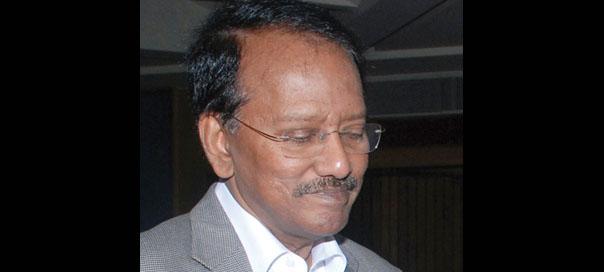I remember a time when we were taught in Indian households - whether in the mother country or those like me growing up abroad – to respectfully address all visiting male elders as “uncles”. Now, in a popular Indian TV commercial, the young protagonists use the word “uncle” to humiliate older people for their seeming inability to operate modern electronic devices. The punchline is always “uncle”, said with a snigger.
Westerners always had a difficulty understanding why we wanted an ‘uncle’ or ‘aunty’ association with the elderly, regardless of lack of any familial relationship. But this commercial would be seen to discriminate against the aged even in their society.
It is an example of the crassness that has crept into the advertising world, once populated by creative and sensitive professionals, who drew their inspiration from theatre and the other arts.
While in the United States and Europe, the advertising world has largely maintained reasonable standards of inclusion, be they ethnic and religious minorities or those from alternative lifestyles, their Indian counterparts have kept to the safety of a Northern archetype with so-called Aryan sharp facial features and light complexions.
To add insult to injury, those who do not fall into the archetypical category are banished to play caricatures of their kind, such as Southerners with pronounced, comical English accents. As for the North-easters, they make it to the screen and remain as an ingénue. Muslims, Christians and Sikhs are all reduced to support roles as appendages beside the North Indian heroes, from Bollywood to the world of sport.
For the advertising world, cricket Captain MS Dhoni and boxing champ Vijender Singh lead the pack in sport, while in Bollywood, few would look further that the Khans among the men and among women, Priyanka Chopra and Katrina Kaif. There are honourable exceptions such as Aishwarya Rai, a Southerner who is successful in the ad world, while her father-in-law, Amitabh Bachchan stands almost alone against ageism in advertising.
It is widely believed that media merely reflects what is prevalent in society, a view that would absolve the advertising world of responsibility in fighting bigotry and intolerance in all their forms. Cinema and television have taken the safer route to conscience-building by focusing on the misdoings of politicians, bureaucrats and the police, while ignoring the areas where they need to reform themselves.
Seemingly oblivious to the social upheavals across India, the advertising world has largely made no attempt to respond to the attacks on the North-easterners working or studying in other parts of India even when they fled for home, though their plight was extensively covered by the TV news channels.
If non-Aryan types are not portrayed in leading roles in commercials, there will be no acceptance of them as equals by the self-styled mainstream of Indian society. Treating those outside this narrow corridor of acceptability as appendages in commercials promotes alienation among the “outsiders” and accentuates the tensions in the increasingly fragile union that is India.
Giving prominence to veteran boxer Mary Kom from the North-east or movie star Deepika Padukone from the South are tokenisms that underline the deeper malaise, a North-driven domination that influences the young to believe in what they consider the norms for beauty, strength and other enerallysought-after characteristics and attributes.
What is needed is for the best and brightest of the advertising world to sit together and reflect on how our commercials can be balanced and representational of all regions, ethnic types and religious sections.
The depictions must also be careful not to caricaturize those the North-driven (even if Mumbaibased) ad industry considers not mainstream.
In all this, the news channels have been far ahead of the ad industry in affirmative action, though Bollywood has been a pioneer in national integration – between Hindu and Muslim, North and South, though even here the North-east type has never been given its due beyond a token Danny Denzongpa.
For this, we – especially the decision-makers in advertising, corporate sector and even the government – must first understand that there is a problem of discrimination and even racism. The Indian Constitution is clear on its stand against these crimes.
In the West, for instance, a concerted stand has been taken from sport to advertising to rid the world of racism. This means public service commercials urging citizens to respect all races. It means, for example, that the fashion industry determinedly seeks representation of all races on the ramp.
In India too, as an enlightened and economically globalized nation, the advertising industry must not just create commercials solely to rid the nation of caste and creed and ethnic discrimination, but project in their commercials, beyond token representation and caricature – our entire civilization, in all its glories, hues and contours.
(The author, formerly of Reuters, is CEO, TV 99)























